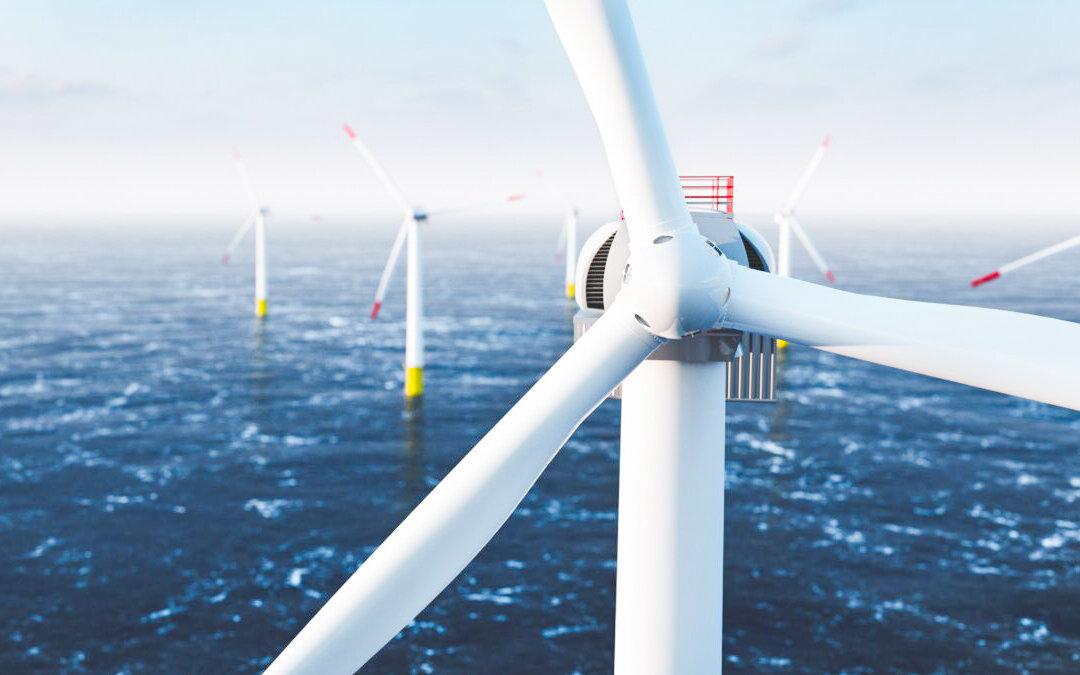A wind turbine spanning a distance taller than the Sydney Harbour Bridge and Statue of Liberty has set the world record for the highest power output over a 24-hour period: 359 megawatt-hours.
The 14-222 DD offshore wind turbine, developed by Siemens Gamesa, can generate enough power for a mid-sized car—like the Tesla Model 3—to drive 1.12 million miles (or 1.8 million kilometres), according to the company.





